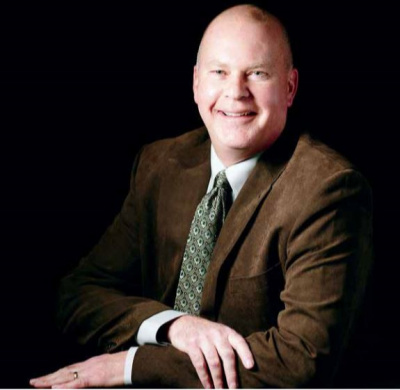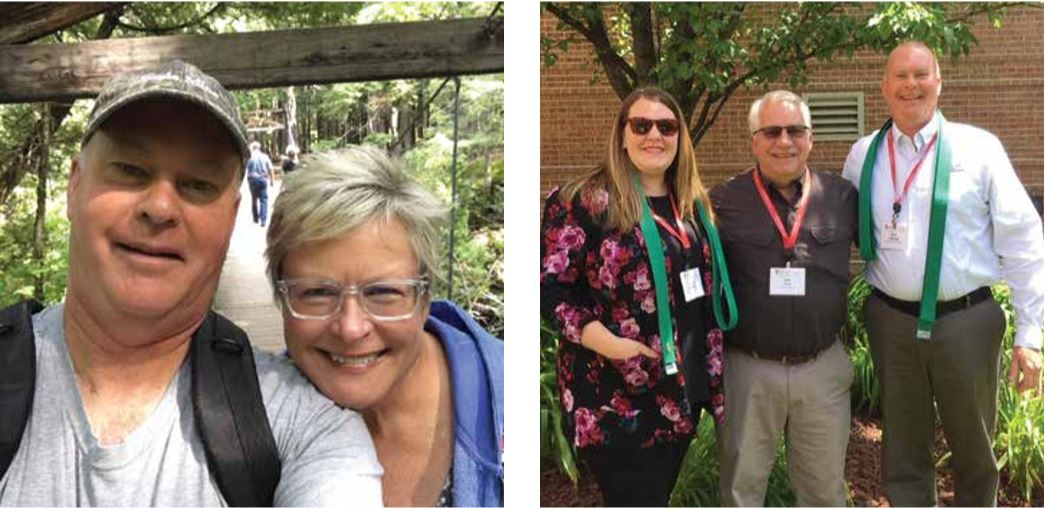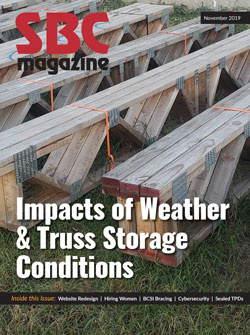Faces of the Industry: Dean DeHoog
Faces of the Industry: Dean DeHoog
Director of Component Manufacturing • Standard Supply and Lumber • Grand Rapids, Michigan

How’d you get into this industry?
I got into the industry by starting out in retail lumber with Wickes. They had a yard near my house and in high school I cleaned the facility and stocked the shelves. This same location is still standing and is now a truss plant for Standard Lumber-USLBM, and is also where my office is, forty years later.
What’s your favorite part about being in this industry?
I have always loved the problem-solving part of our industry. We take blueprints that are often poorly conceived and turn them into great projects for the customer. It seems like each project is a puzzle with lots of missing pieces that we find through our experience and knowledge. But the best part of this industry is the never-ending opportunities to learn more and grow.
This is not only true of the industry but also of the culture of USLBM. This learning keeps me sharp, open-minded, and always looking for better, faster, more efficient ways to solve our customers’ problems relating to trusses and wall panels. My favorite time in this industry has always been the times of growth and economic recovery. I get a great deal of satisfaction in growing components plants, adding people, adding shifts. I really enjoy mentoring and training others who are new to the industry or might be new to their latest level of job responsibility.

Above left: Dean Dehoog, and his wife Ann, backpacking in the Upper Peninsula of Michigan. Above right: Dean Dehoog along with Jessica Nachbar, HR director of Standard Lumber, and Jeff Peel, president of Standard Lumber, after receiving his Lean Six Sigma Green Belt.
What’s your company focused on right now?
Our company is really focused on continuous improvement and sales growth. We have a very structured program of training all employees in lean production, design, and all other aspects of the component shop. We are finding that production training is critical for two primary reasons.
First of all, we find very few applicants who have any sort of construction background. They don’t know how to use power tools, they don’t know any of the jargon, and they can’t perform even the most basic tasks like swinging a hammer. The second part relates to the first part in that the safety aspect of the training is equally critical for the same reasons.
When it comes to design, we get a lot of student feedback from the time spent in the design office. We try to push the idea that truss design is a sort of video game. They are on the computer using the design software to solve the puzzle. Any time they see a career path where there is intensive computer work, they seem to get excited.
USLBM also has a very structured belting process for continuous improvement. I have completed my white and yellow belts and am currently working on my green belt project. My project involves putting a structured process in place so that wall panel designers have all needed information and documents in place prior to starting any design work. The end goal is for the designer to be able to complete a project from start to finish without needing to have to stop and start while they wait for missing information or new documents. This project includes a formal presentation in front of a large executive group of our company.
We are growing in all areas of our business but probably more in wall panels than anything else. There is an unbelievable need for panels today across the entire state of Michigan.
What challenges do you see for the industry in the future, and what should SBCA be working on now to meet those challenges?
One of the greatest challenges I see in our industry is the perception that the component industry is not a really desirable career path. Any time that I can, I meet with schools at their career days to promote our industry. (See April and August 2019 issues for more on Deanʼs WFD efforts.)
When you’re not thinking about trusses, what keeps you busy?
When I am not thinking about our industry, my wife and I spend as much time as we can camping, hiking, and sightseeing in Michiganʼs Upper Peninsula. I also always try to keep three good books going at all times: a business book, a biblical book, and a spy/mystery. This keeps me growing personally, professionally, and I have one in there for fun.

